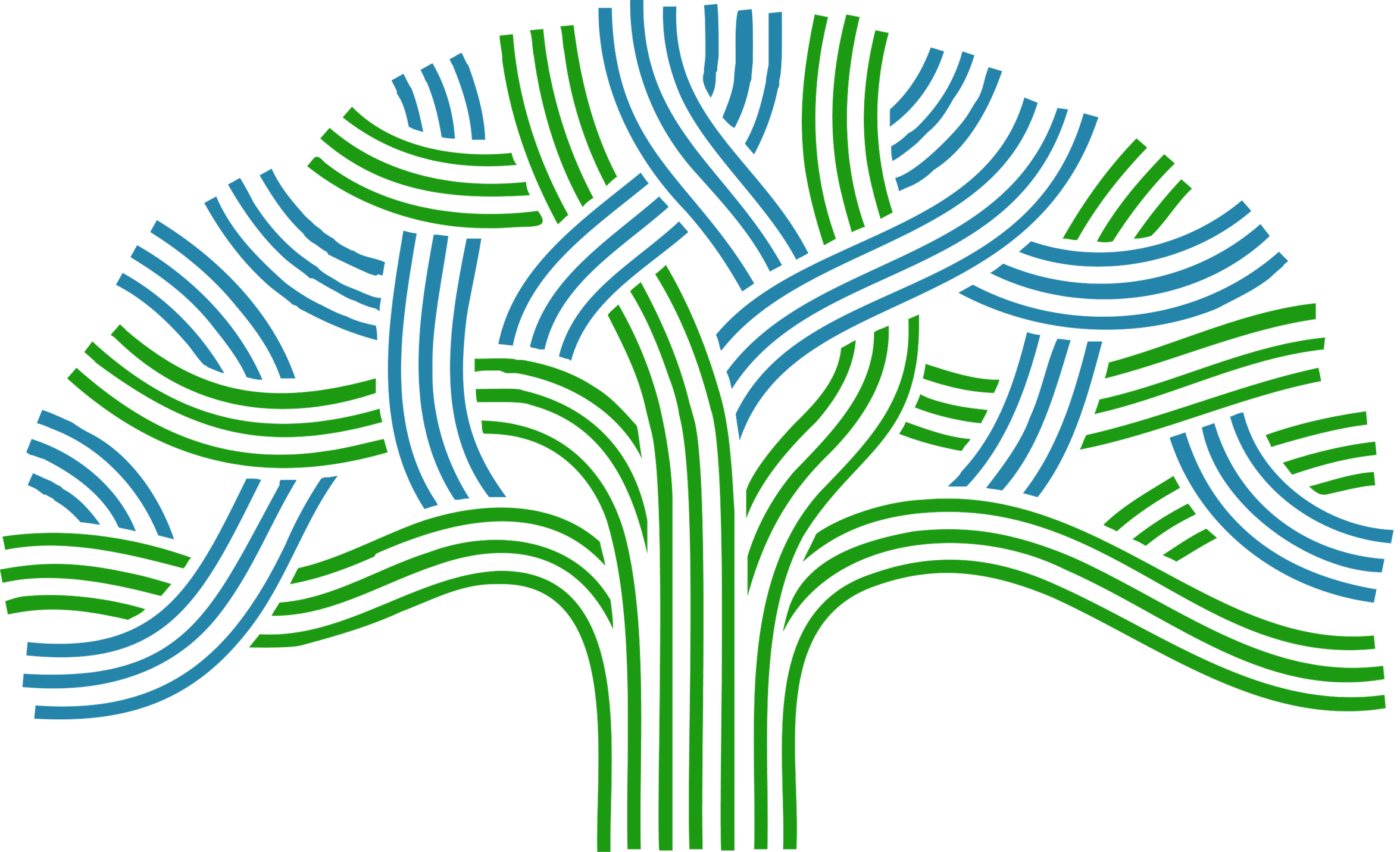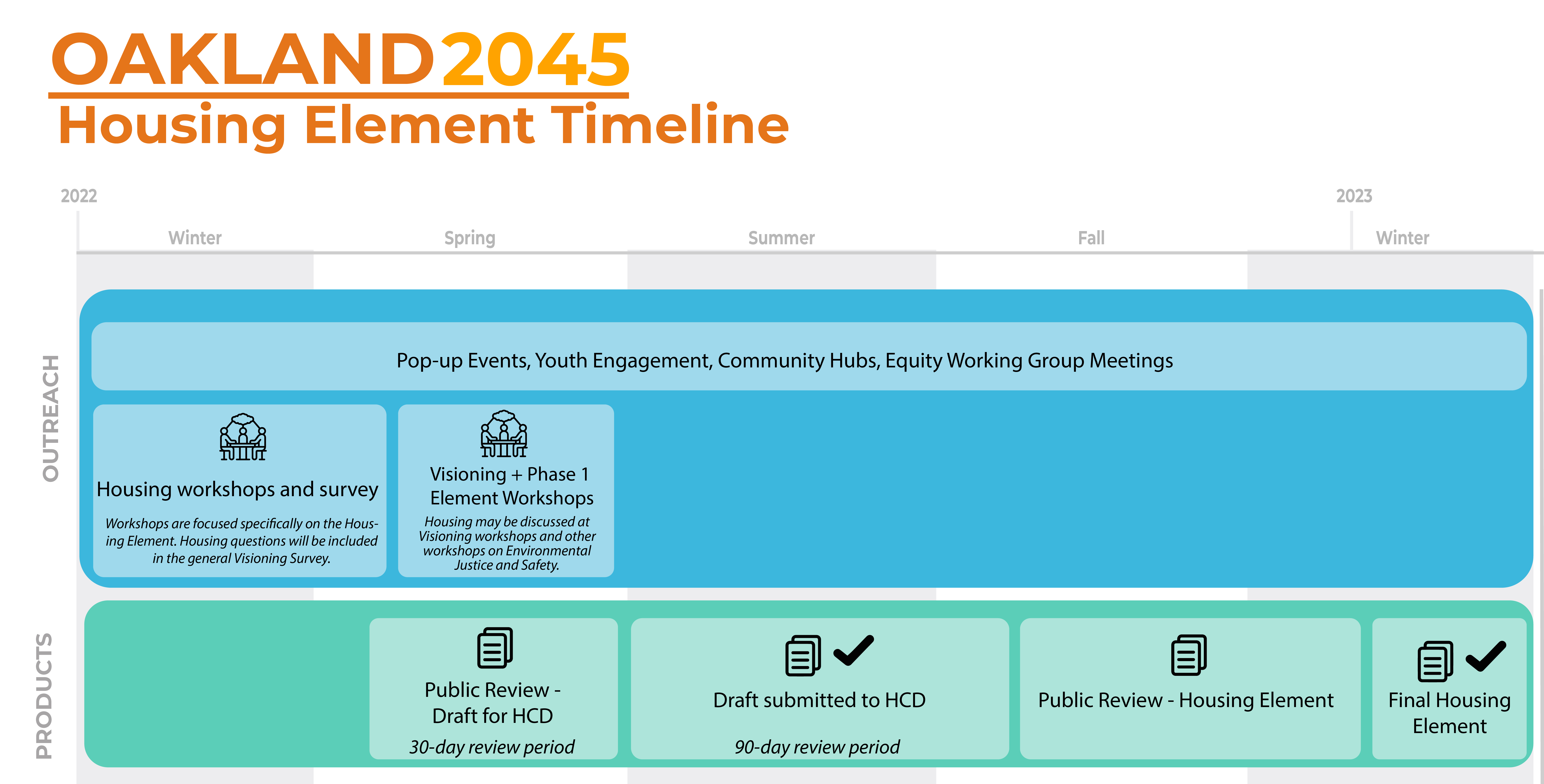Every person in Oakland is invited to share their vision and input on what the future of the city should look like. Citywide events include the following:
- Two Virtual Town Halls: will introduce the General Plan process and seek community input and priorities on a variety of topics, including land use, open space, parks and recreation, safety, environmental justice, and other topics. Participants can share their input using interactive tools, or through the complementary online survey.
- Neighborhood Workshops: will identify local issues of concern and solutions to address them. Community workshops will present information and include activities to make them fun, effective, relevant, and meaningful events.
- Community Hub Events: will be large outdoor cultural and community events that bring Oaklanders together through art, performance, celebration, and the sharing of visions, issues and solutions for the future of Oakland. Community members will be able to share their stories of Oakland past and present, vision for the future, and receive information for current support. These events will occur in parts of Oakland where the following communities reside: unhoused, formerly incarcerated, low-income, Asian, Pacific Islander, Black, Latinx, multiracial, and community experiencing environmental injustice. Workshop and Community Hub input will be used to "ground truth” (or verify) data based on peoples’ lived experience, inform areas of focus for General Plan elements, and guide development of General Plan policies.

